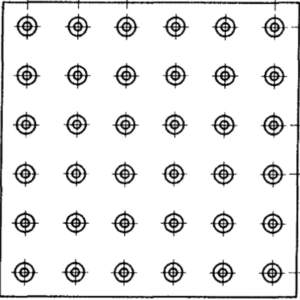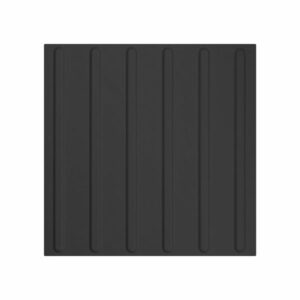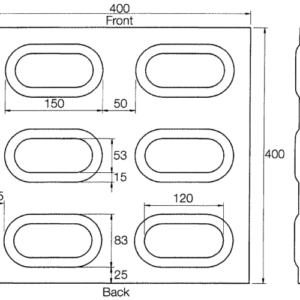What’s the difference between on-street and off-street warning surfaces?
On-street and off-street terms refer to where a warning surface such as blister paving is used, this designation also determines the type of signal paving that is to be applied. The reason for this is that the two types of blister paving used convey different signals to the visually impaired, informing the user of what they’re about to encounter and what steps they should take to mitigate an injury or prepare for the upcoming hazard.
Types of on-street warning surfaces
There are two very common on-street warning surfaces that we see in daily use: corduroy paving and blister paving tiles.
Examples of corduroy paving tile uses and their locations:
- At the top and bottom of steps
- Indication of a level crossing
- Where a footpath joins a shared route
Examples of blister paving tile uses and their locations:
At controlled crossings where…
- The paving has been dropped to match the level of the road
- Where the road has been raised to meet the paving
There is another slightly less common use of an on-street warning surface that is referred to as an on-street platform edge warning surface. This is a type of lozenge surface paving with elongated domes, or lozenges, that is used to denote a platform edge at a tram or bus station with a raised platform.
Off-street warning surfaces and how they differ from on-street
There is one main type of off-street warning surface and that is a type of blister paving. The way in which it differs from on-street blister paving is that the pattern of the tile or plate is offset. The reason that the pattern is offset is to deliver a different signal to the user and indicate that they are approaching a platform edge at a train station or underground station, and it instructs them to modify their walking speed.
Inline blister paving should never be used in place of the offset variation to avoid confusing visually impaired foot traffic with the wrong signals.



